U.S. defense contractor Leidos has partnered with the American subsidiary of South Africa’s Paramount Group to offer the latter company’s Bronco II light attack and surveillance aircraft to U.S. Special Operations Command, or SOCOM, for its Armed Overwatch program. SOCOM announced this effort earlier this year and hopes to buy as many as 75 light attack aircraft in total.
Leidos announced the Bronco II team-up, which also includes U.S.-based Vertex Aerospace, on May 4, 2020. Paramount has been trying to bring the aircraft, and its predecessor, the Advanced High Performance Reconnaissance Light Aircraft (AHRLAC), to the U.S. market since at least 2016, when Boeing announced plans to help out in this regard. In 2018, the South African firm also founded Bronco Combat Systems, or BCS USA, a joint venture with Virginia-headquartered Fulcrum Concepts, with hopes of offering the aircraft to the U.S. Air Force for that service’s most recent abortive light attack aircraft program.
“Leidos has a long history as a premier provider of airborne solutions,” Gerry Fasano, President of Leidos Defense Group, said in a statement. “The Bronco II demonstrates our commitment to providing the best-of-breed in technology, as well as our agility in meeting the needs of our country’s national security mission.”
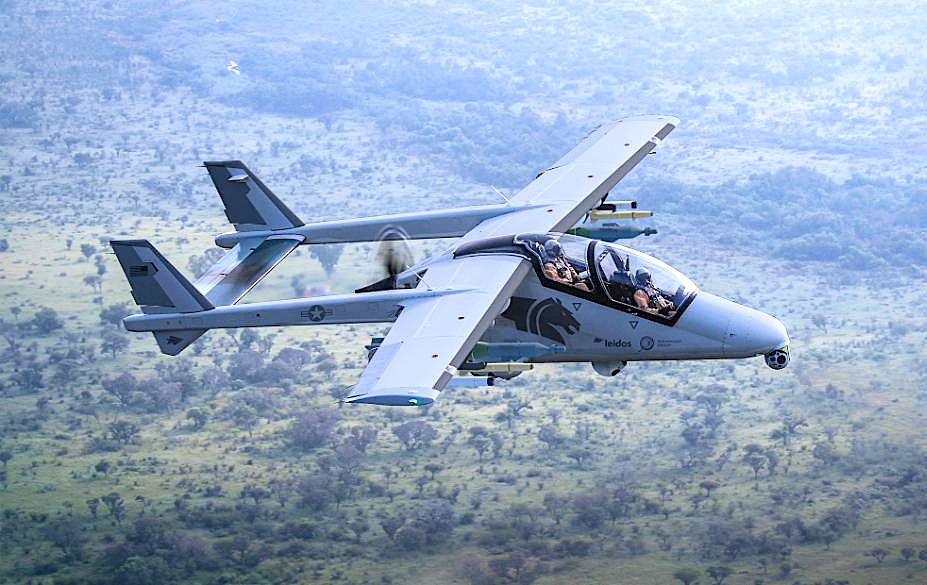
“Our collaboration with Vertex and Leidos will present best of capabilities for what will undoubtedly be a critical program to enable U.S Air Force Special Operations Command to deal effectively with the challenges and rigors of modern day asymmetrical warfare,” Steve Griessel, CEO of Paramount Group USA, added in the press release. “The Bronco II was designed specifically for asymmetrical warfare and will operate at a fraction of the procurement and lifecycle costs of an aircraft with similar mission applications and capabilities.”

The Bronco II is a light pusher-prop design powered by a single turbroprop engine. Its name is an homage to the twin-engine North American Rockwell OV-10 Bronco, but the only thing the two aircraft really share is a general high-wing, tandem cockpit, twin-boom tail configuration.
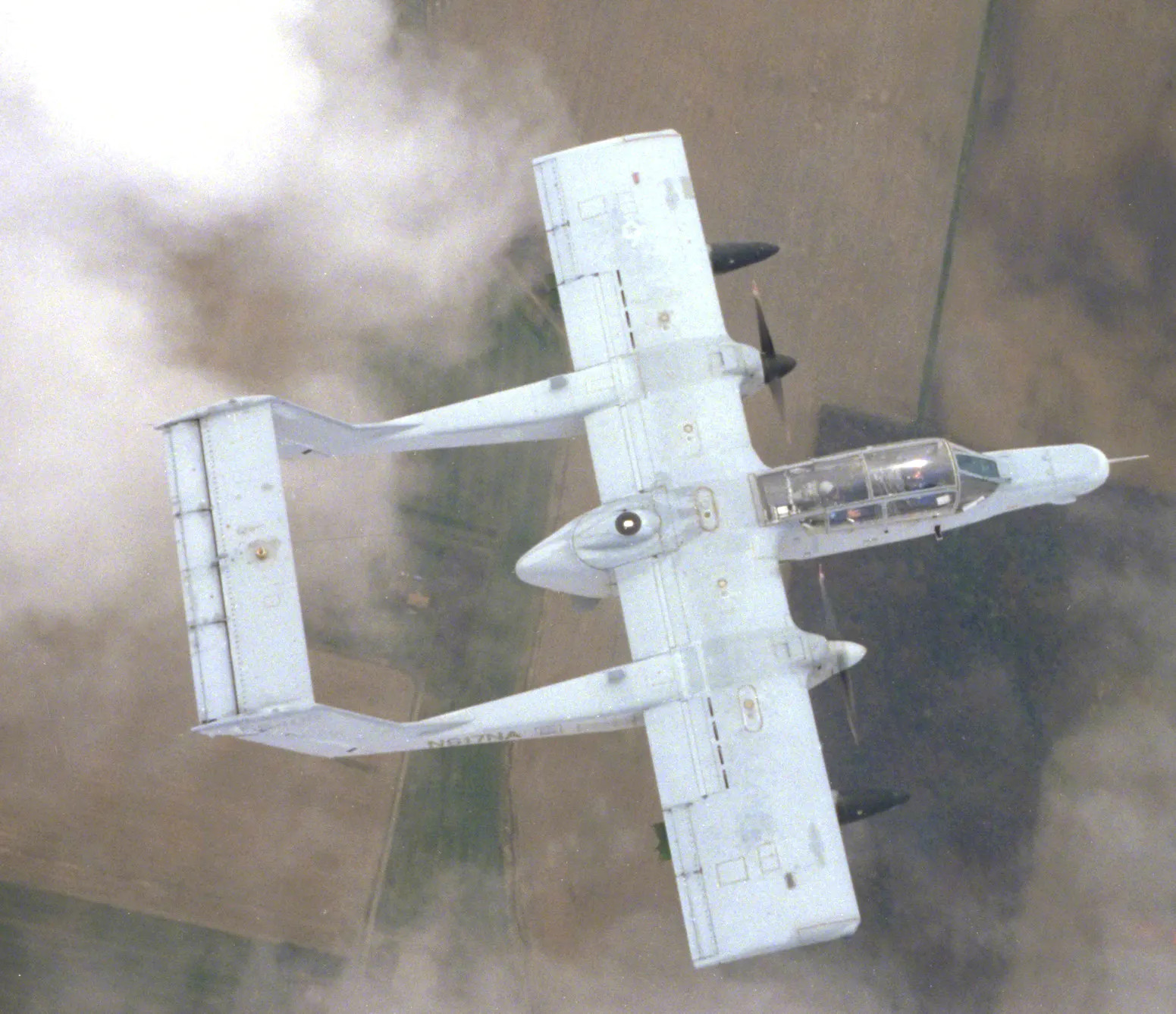
Paramount says the much smaller Bronco II has a cruising speed of 218 knots and a top speed of 272 knots. With a stall speed of just 62 knots, the aircraft is also capable of flying very slowly and quietly over a particular area for a protracted period of time. The South African manufacturer also says that one of the planes carrying a total payload of 500 pounds could fly out to a range of 150 nautical miles, orbit there for up to four hours, and then return to base.
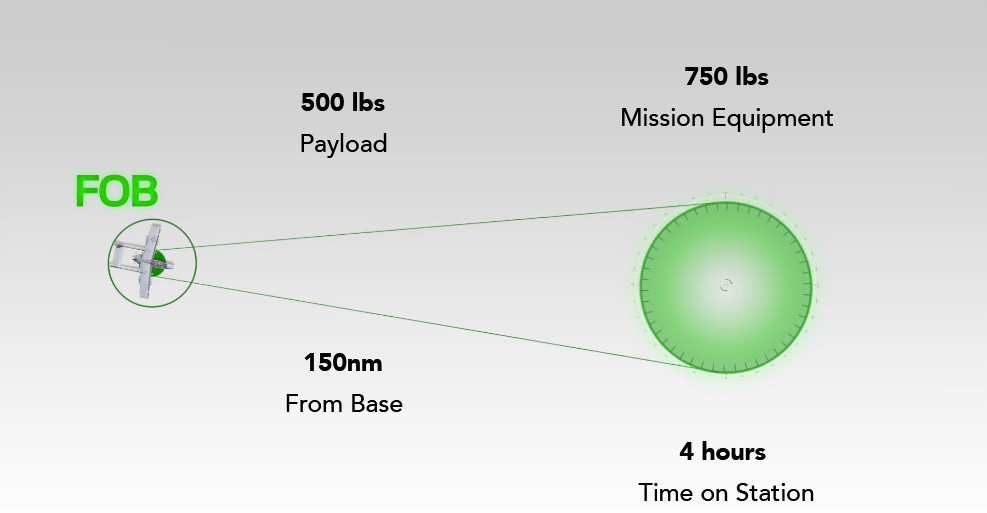
That payload could consist of a mixture of various weapons – including small precision-guided munitions, guided and unguided rockets, and gun pods – or other stores on six underwing stations, as well as sensors or other equipment in a modular bay underneath and behind the cockpit. The Bronco II also has an integral sensor turret, capable of accomodating color television and infrared cameras, under the nose.
Paramount says that the modular bay, which offers 53 square feet of space, can handle weights up to 1,764 pounds and that personnel on the ground can remove and reinstall payload modules in just two hours. This means that Bronco IIs could be quickly reconfigured in the field to perform different types of specialized missions, including signals intelligence collection. The bay could also be used to transport cargo and the official website says there are plans for a light air-drop capability, as well.

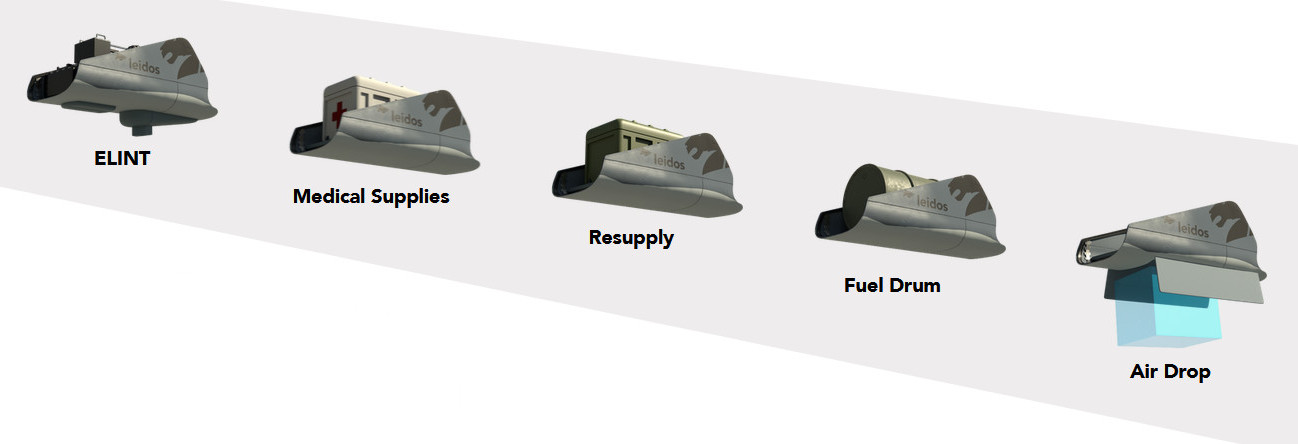
The Bronco II’s website also highlights the aircraft’s limited operational and logistical requirements and its ease of transport. A C-17A Globemaster II transport can carry two of the light attack planes in a broken-down state, while a C-130 can carry one. The entire package will also fit inside a standard 40-foot-long shipping container.
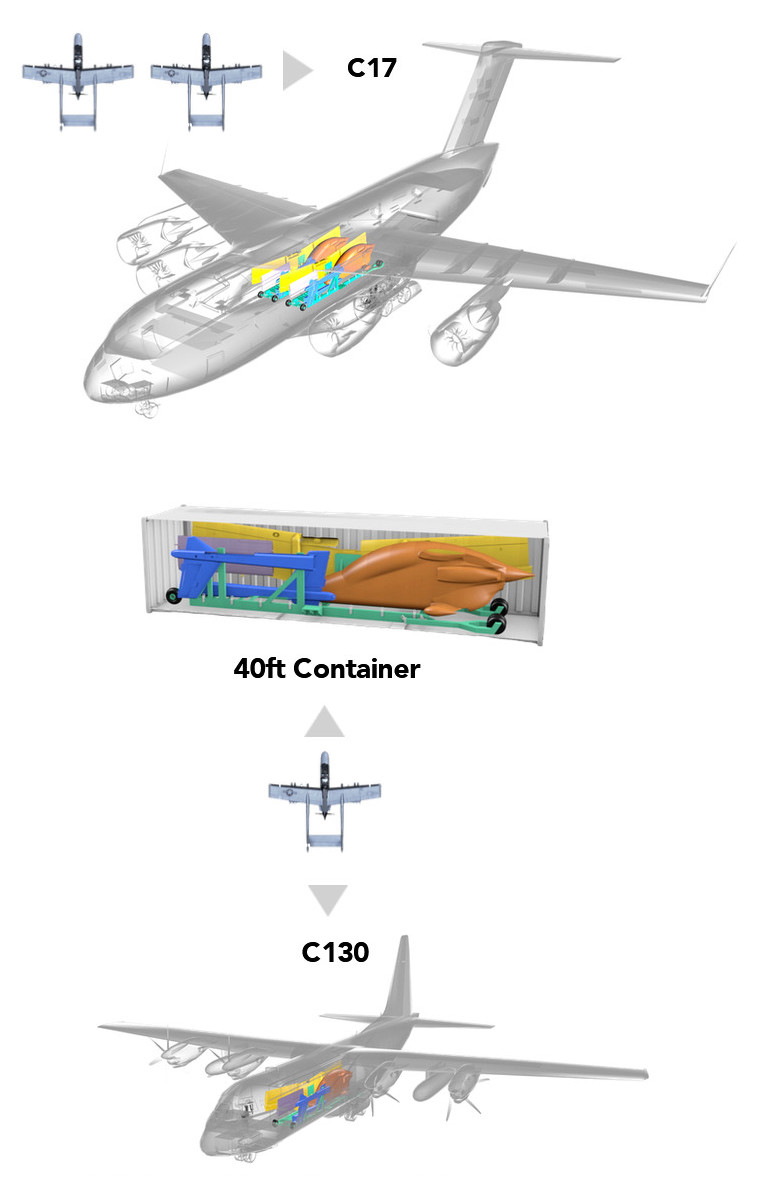
All of these features could make the Bronco II an attractive contender for SOCOM’s Armed Overwatch program. This effort first emerged publicly in the Pentagon’s budget request for the upcoming 2021 Fiscal Year, which came out in February. American special operators have long had a desire for an organic, low-cost, manned light attack aircraft capability to support their missions below permissive airspace.
In 2015, SOCOM notably conducted a field test in Iraq using a pair of heavily modified OV-10G+ Broncos. This operational experiment highlighted the value of having a persistent and responsive manned armed overwatch capability directly available to special operations forces, without having to rely on conventional combat jets or even drones, and the ability of light attack aircraft to operate with a very “small footprint” from austere locations with limited support. You can read more about these aircraft and their activities in these past War Zone pieces. This is only one of a number of light attack aircraft evaluations that the U.S. military, as a whole, has conducted in the past decade or so.
Now, SOCOM wants $101 million in its next budget to buy the first of these aircraft and then hopes to acquire 10 more planes each year for the next seven years after that. Air Force Special Operations Command (AFSOC), which would actually take delivery and operate these Armed Overwatch platforms, says it plans to use them first to replace its fleet of single-engine U-28A Draco intelligence, surveillance, and reconnaissance planes, an aircraft you can read about in more detail here.

Of course, with contracts worth hundreds of millions on the line and the potential to secure years more worth of deals to support the aircraft, the Bronco II team is set to face stiff competition in the Armed Overwatch program. AFSOC is already planning to buy two A-29 Super Tucanos from the Sierra Nevada Corporation and Embraer to support efforts to train and advise foreign air forces, an outgrowth of the Air Force’s latest failed light attack aircraft program. The service notably already operates a small fleet of A-29s to train allied and partner forces, such as Afghanistan, Lebanon, and now Nigeria, to fly these popular and combat-proven aircraft.
Air Combat Command is also set to get two Textron AT-6 Wolverine light attack aircraft, another very mature design, to conduct various networking experiments, another follow-on to the Air Force’s most recent light attack aircraft plans, which the service publicly announced it had canceled in February. You can read more about the saga of that program, which began in 2017, in this past War Zone piece.
In addition to the A-29 and AT-6, armed crop duster designs from Iomax, which are also combat-proven, as well as similar aircraft that Air Tractor and L3 are producing, are almost certain to be among the competing offerings. In 2018, Czech aircraft manufacturer Aero Vodochody and Israel Aerospace Industries, or IAI, said they were interested in pitching a version of the former company’s Albatross light jet series to the Air Force for its light attack aircraft effort and they could easily do the same for SOCOM’s new program. Textron’s Scorpion light jet, which the Air Force has also employed as a sensor testbed, is another possible contender.

On top of all that, just last August, Paramount filed for bankruptcy protection for the division responsible for work on the AHRLAC, also known as the Mwari, on which the Bronco II is based. That aircraft has been in development since 2009, first as a joint venture with Aerosud, another South African firm, and now in partnership with private investors. In 2018, the company announced the sale of the first one of these planes to a still undisclosed customer.
As such, winning SOCOM’s armed overwatch deal would a be a major boon for the entire AHRLAC/Bronco II endeavor, but it looks set to be a very uphill battle for Leidos, Paramount, and Vertex.
Contact the author: joe@thedrive.com
